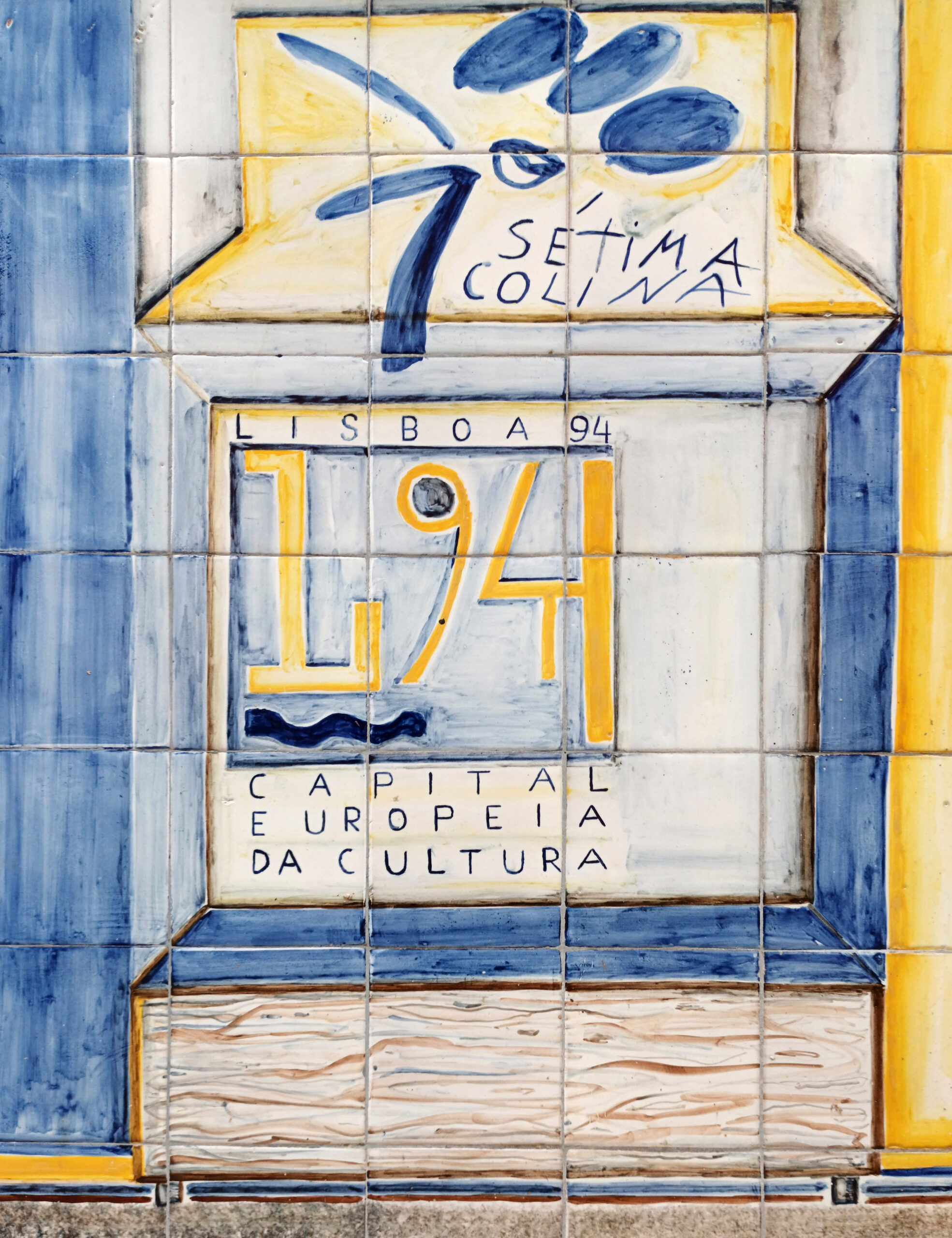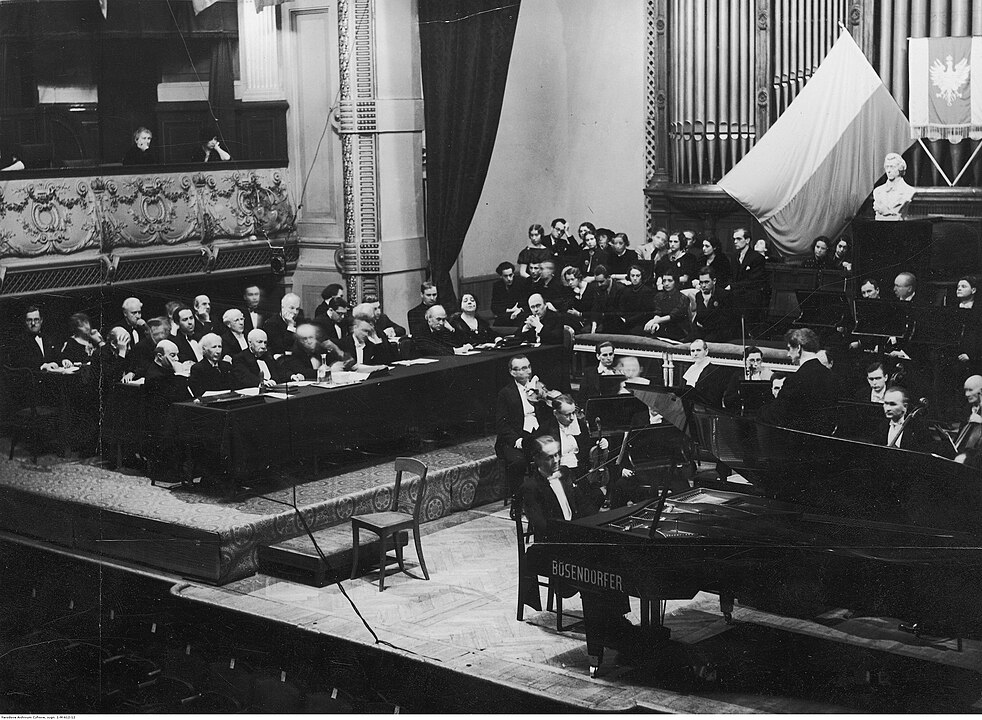By Belma Öztürkkal and Asli Togan-Egrican
Can art can be considered a safe haven during volatile times or a hedging option in general? we analyze long-term art auction sales data focusing on and around financial crisis periods in a volatile emerging market. Our findings suggest Turkish art returns are either negatively correlated or at low correlation with other investments, including the equity market.
Investors are always looking for potential instruments; and nowadays, we see more and more discussions about art as an investment, mainly in the US and European markets. Within the past few decades, the increase in the number of art investment funds provides some evidence that the demand for art is on the increase. The increase in demand for art is also reflected in the sales up to $67.4 billion in 2018. This is a 6% increase from the previous year with 39.8 million transactions according to the UBS Global Art Report (2019), where 46% of these transactions are through auction markets.
One reason for this renewed interest in art is the increase in total worldwide wealth. Wealthy individuals could be interested in art for many reasons such as investment, diversification, status, pleasure, or an emotional attachment. Since art is not a liquid asset, how investors view art as an investment option is an interesting question to analyze. For instance, previous studies show that investors see gold as a safe haven under extreme market conditions, and a hedge against stocks on average (Baur and Lucey, 2010). It could very well be the case that investors see art works as secure places to store their wealth similar to precious metals. Perhaps art is an investment option that can be used as a safe haven during volatile times or a hedge in portfolio diversification.
In a recent study, we examined just these questions of whether art investment can be considered a safe haven during volatile times; and whether prices increase as wealth increases; and whether art can be considered a hedging instrument. We define safe haven as an asset that is uncorrelated or negatively correlated with another asset or portfolio in times of market stress or turmoil, as stated in Baur and Lucey (2010). Alternatively, a hedge is defined as an asset that is uncorrelated or negatively correlated with another asset or portfolio on average (Baur and Lucey 2010). Our data spans two decades (1994-2014) of art (paintings) auction data from not only an emerging art hub, Turkey, but also a financially and politically volatile emerging market including financial crisis periods. This combination provides a perfect natural environment to test our hypothesis.
In order to compare returns from art investments with alternative instruments, we first estimate a hedonic regression model with painting characteristics and year dummies as explanatory variables on CPI-adjusted TL and nominal USD prices, and use the results of this regression to create a price index. Then, we conduct a detailed return comparison of art with other investment options using two decades’ calculated annual returns. Finally, we compare these returns that we retrieve from the price index to the returns of alternative investment options.
Our auction data contains only paintings, 88 percent of which are painted by Turkish artists. Other nationalities, mainly European, constitute the rest of the sample. For the paintings for which century data is available, more than 85% were painted during the twentieth century. There are also a few paintings from the seventeenth and eighteenth centuries. Most of the paintings in the sample are either landscapes (44%), or figurative paintings (21%). However, there are modern paintings (2%), abstracts (6%), or portraits (9%) as well.
So what do we find? First, similar to prior findings in the literature, we see that signed and larger paintings classified as modern, oil or watercolor, figurative, landscape, or still life, with provenance information are more likely to be sold at a higher price. Provenance and signature are important characteristics, which increase transparency for the art investors; and these have a positive significance in regression. We also see that certain artists are more likely to sell their paintings at higher prices.
When comparing the returns with other investment options, we see that our results are in line with previous literature in developed and emerging markets where art prices yield lower returns compared to equities.
Looking at a simple pairwise correlation, we observe that the Turkish art index emerges as an investment alternative for portfolio diversification with its low or negative correlation with other investment assets. Nominal USD Art returns have low correlation with gold prices (USD), and are negatively correlated with equity, 1-year bond returns, and overnight interest rates. Nominal art returns in USD are negatively correlated with nominal USD MSCI World and MSCI Emerging market indices. We observe an increase in sales immediately at the years after economic crises, which may be an indication supporting that art investors in need of liquidity choose the option of fire sales.
In sum, this comparison suggests that the Turkish art market seems to provide a good hedging option; and it especially performs better than other investment options if not at but around periods of crises. Art investment has diversification potential around crisis periods.
Investors have difficulty considering art as a hedging alternative during periods of extreme volatility when the economy contracts at a crisis period. Hence, at slow contractions, art investment is good for diversification, and decreasing risk with its low correlation. We may explain the increase in the number of transactions in the after crisis years with the necessity of liquidity for some art owners. If the slowdown in the economy is not very strong, the investors in need of liquidity may provide an investment opportunity to new art investors, but if there is a severe financial crisis, then the art market is just as affected as other investment options; and the transactions cease. Consequently, art is suggested as an investment to improve diversification because of its negative correlation with equities to enhance portfolio returns with the limitation of high transaction costs and information asymmetry.
Our findings suggest that Turkish art emerges as a good “hedge” alternative for improving portfolio diversification with its low or negative correlation with other investment assets. We also observe weak evidence for the “safe-haven” hypothesis. Results suggest that hedge and safe haven findings are not mutually exclusive; and investors might choose art as a hedge not just specifically during volatile times but throughout their life cycle. The art index reflects the negative environment of the financial crisis, but it performs better before and after crisis years. Therefore, art may be used to improve diversification and to enhance returns through volatile periods. Additionally, art can be a hedging option, especially for decreasing the volatility of the portfolios during uncertain times.
The article is based on:
Öztürkkal, B., and Togan-Eğrican, A. (2019) Art investment: hedging or safe haven through financial crises, Journal of Cultural Economics. pp. 1-49, online ISSN: 1573-6997. Springer US. DOI: https://doi.org/10.1007/s10824-019-09371-2.
About the authors:
Belma Öztürkkal, Associate Professor, Department of International Trade and Finance, Faculty of Management, Kadir Has University, Istanbul, Turkey.
Asli Togan-Egrican, Assistant Professor, Department of International Trade and Finance, Faculty of Management, Kadir Has University, Istanbul, Turkey.
Image source:







